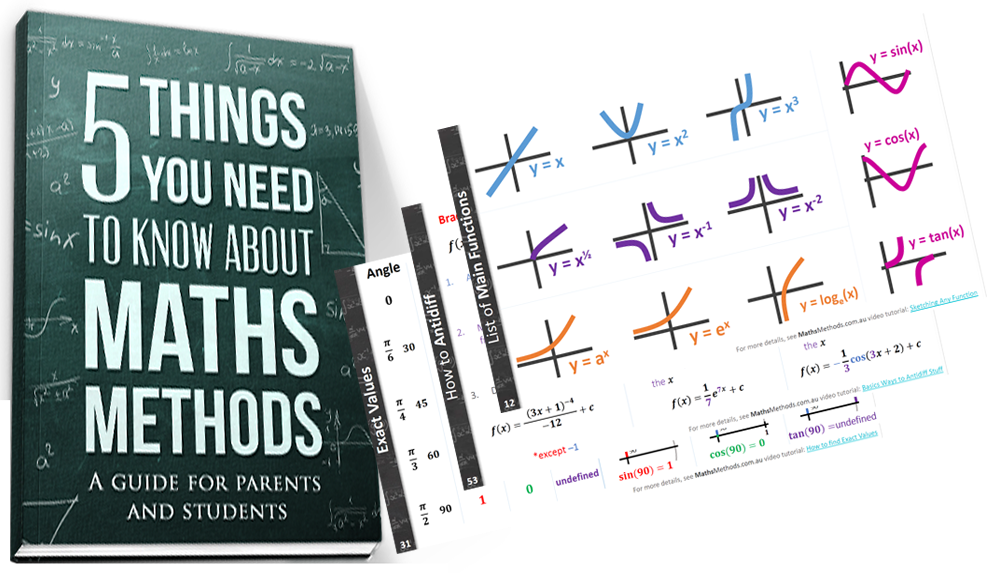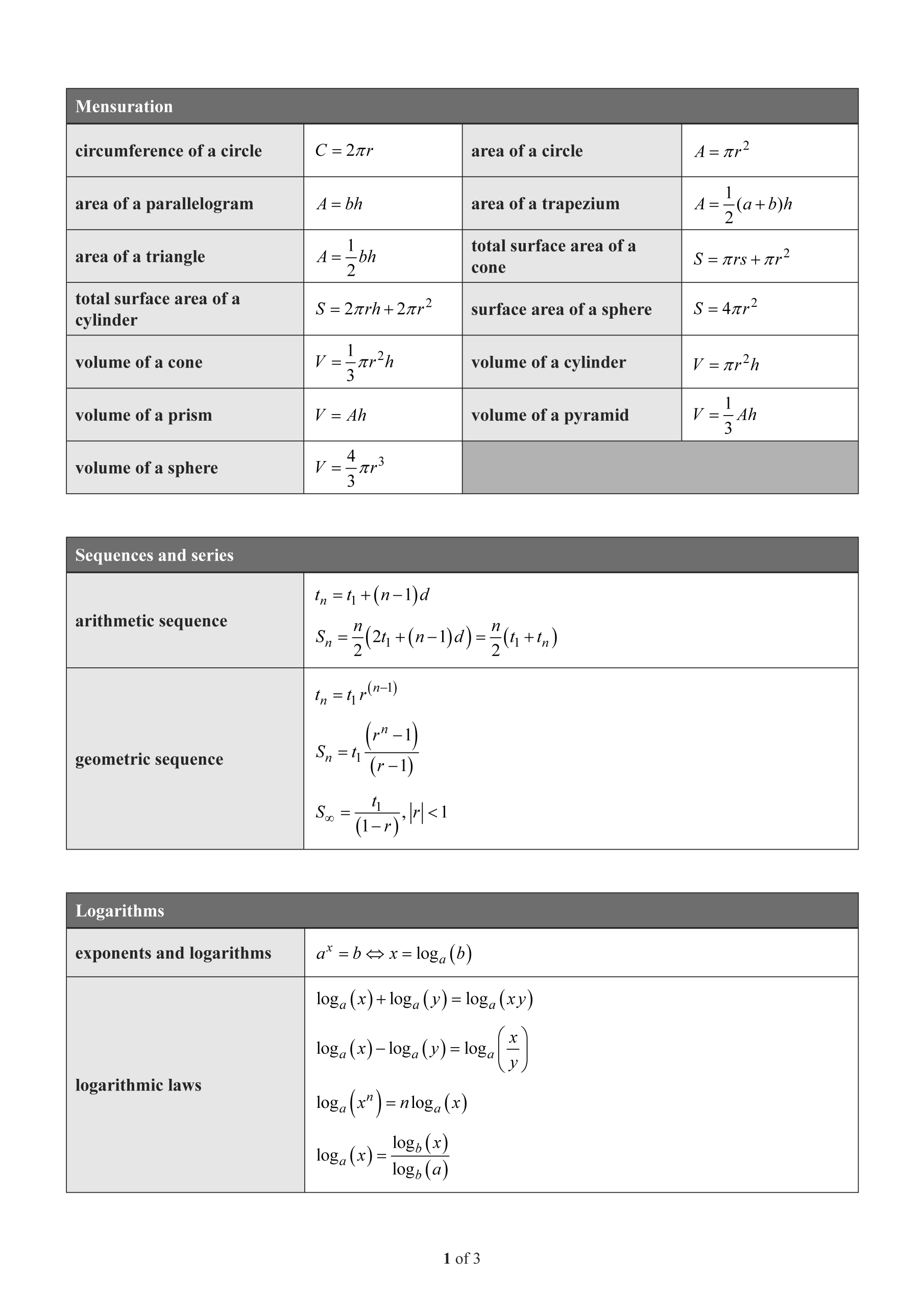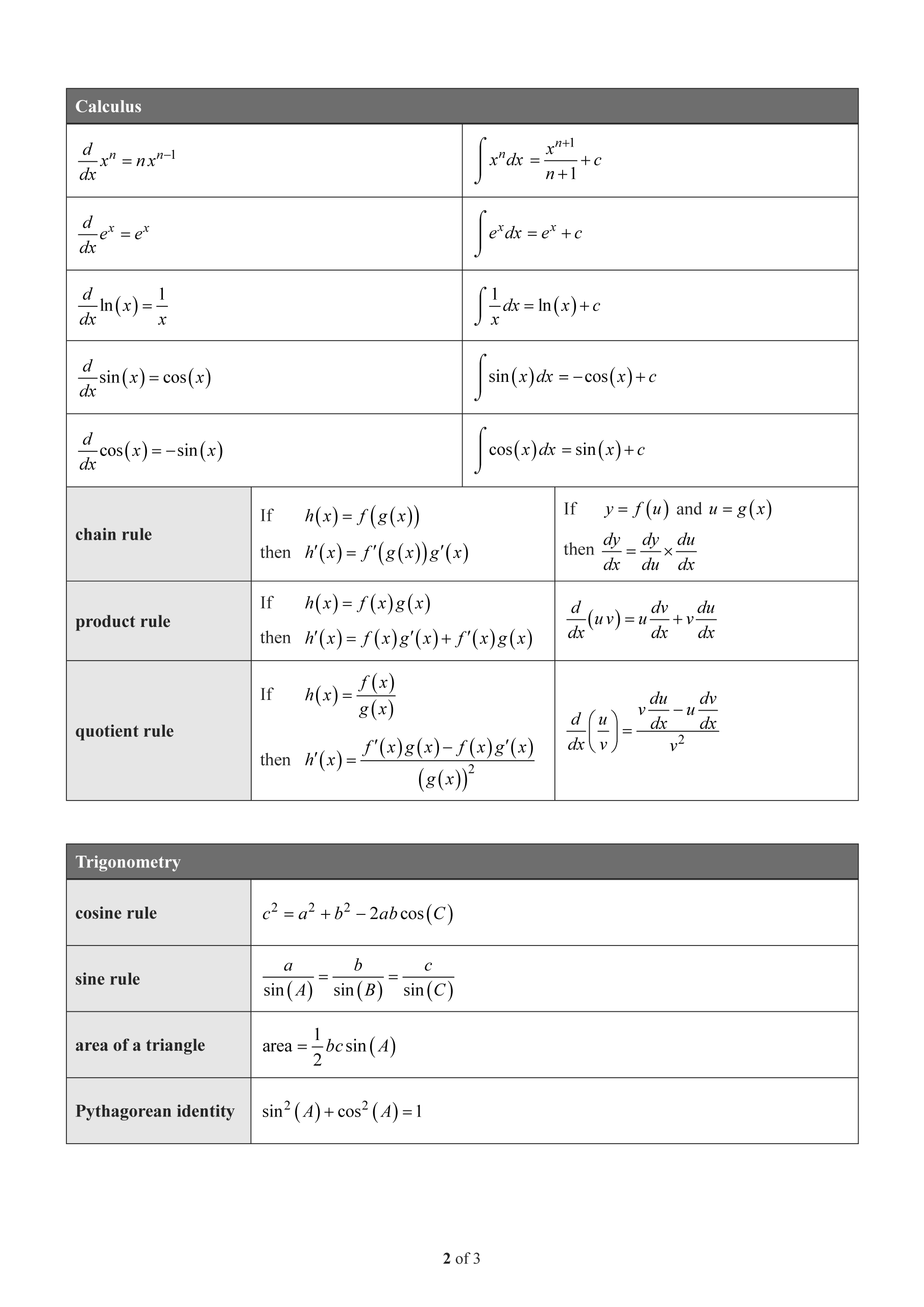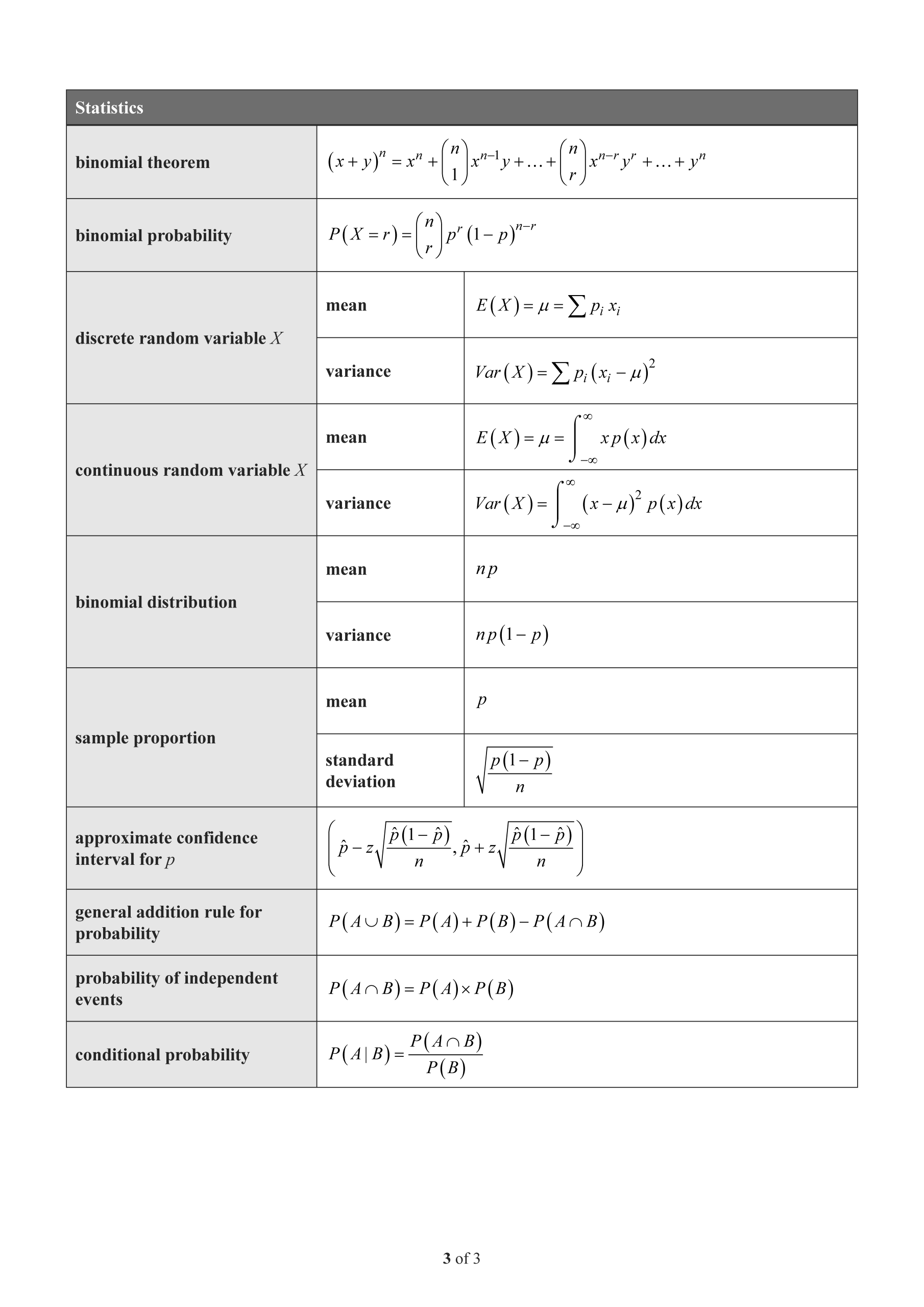2024 QCE Maths Methods Paper 2 Mini Test 5
External Assessment Paper 2 — Technology-active
Number of marks: 9
Perusal time: 1 minute
Writing time: 15 minutes
Section 1
Instructions
• This section has 10 questions and is worth 10 marks.
• Use a 2B pencil to fill in the A, B, C or D answer bubble completely.
• Choose the best answer for Questions 1 10.
• If you change your mind or make a mistake, use an eraser to remove your response and fill in the new answer bubble completely.
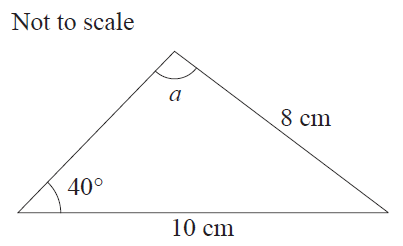
Identify the possible values for \(a\) in the triangle.
- (A) \(13.5^\circ\) or \(126.5^\circ\)
- (B) \(53.5^\circ\) or \(126.5^\circ\)
- (C) \(53.5^\circ\) or \(86.5^\circ\)
- (D) \(13.5^\circ\) or \(86.5^\circ\)
Section 2
Instructions
• Write using black or blue pen.
• Questions worth more than one mark require mathematical reasoning and/or working to be shown to support answers.
• If you need more space for a response, use the additional pages at the back of this book.
– On the additional pages, write the question number you are responding to.
– Cancel any incorrect response by ruling a single diagonal line through your work.
– Write the page number of your alternative/additional response, i.e. See page …
– If you do not do this, your original response will be marked.
• This section has nine questions and is worth 45 marks.
At a particular orchard, 3% of fruit is bruised during picking. After picking, the fruit is packed into boxes, each containing four pieces of fruit.
A grocery shop orders 140 boxes of fruit to sell to their customers.
Determine the expected number of boxes that will contain bruised fruit.
An object experiencing straight-line motion along a path has an acceleration (m s\(^{-2}\)) defined by the function \(a(t) = 3\sin(2t)\) where \(t\) is time (s) since the object begins moving, \(t \ge 0\).
When \(t=0\), both displacement and velocity are zero.
On the path is a motion sensor that is able to detect motion up to 2 metres away.
The object passes directly by the motion sensor when \(t=3\).
Determine the average velocity of the object while it moves through the range of the sensor.
END OF PAPER
